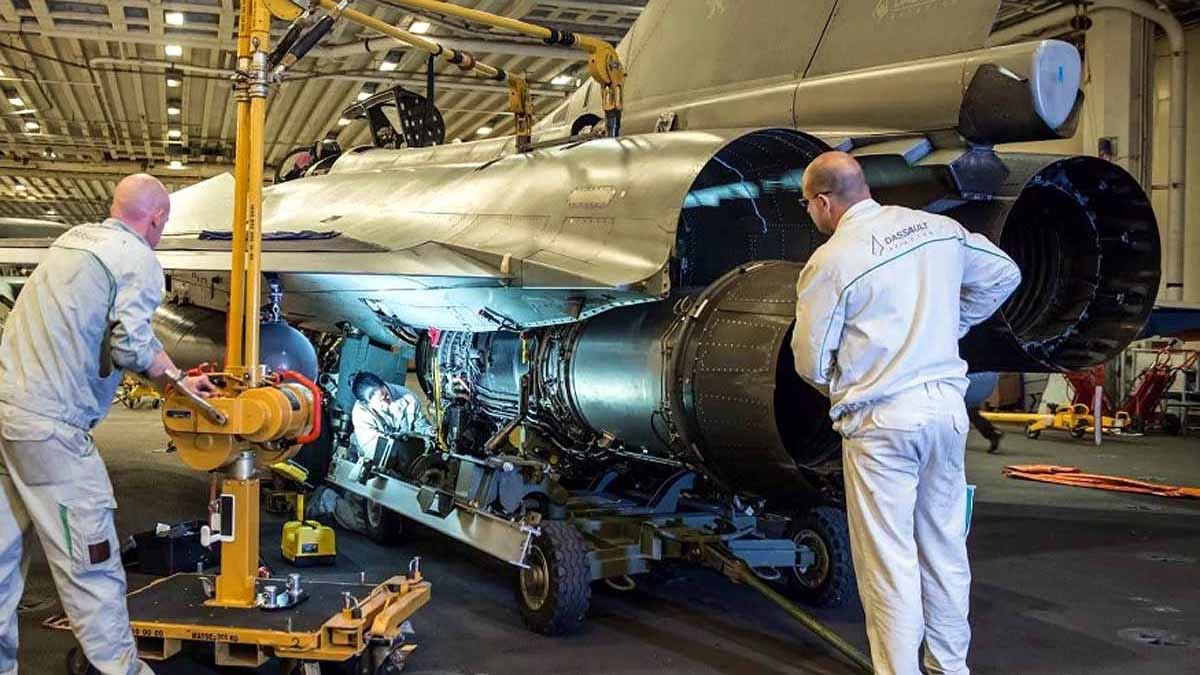On June 5, 2025, Dassault Aviation and Tata Advanced Systems Limited (TASL) signed four production transfer agreements to manufacture the Rafale fighter jet fuselage in India. Consider the fuselage as the bird's body, connecting the head, wings, and tail.
This is a significant leap towards enhancing India's aerospace manufacturing capabilities and strengthening its role in the global supply chain. It's the first time the Rafale fuselage will be produced outside France. Let's delve into what a fuselage is, its specifications, functions, and why it holds such importance.
Also Read:
What is the Rafale Fuselage?
The fuselage is the central body of a Rafale jet. Tata Advanced Systems Limited (TASL) will set up a state-of-the-art factory in Hyderabad to manufacture the following parts of the Rafale fuselage...
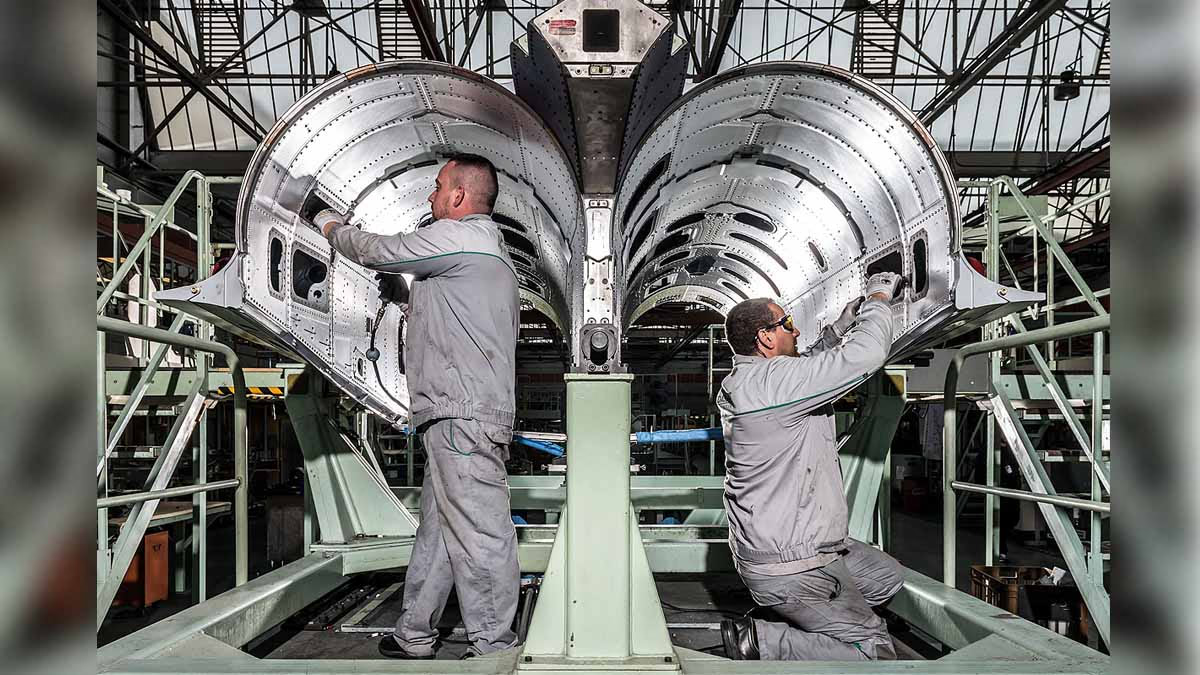
Source: aajtak
Lateral shells of the rear fuselage (outer layers of the back section)
The complete rear section (back portion)
Central fuselage (middle section)
Front section (forepart)
First fuselage ready by fiscal year 2028.
Production capacity: The factory can produce two full fuselages each month.
Location: Hyderabad, Telangana.
Cost: A significant investment to fortify India's aerospace infrastructure.
Jobs: This project will create thousands of jobs and provide local people with high-tech skills.
Understanding the Fuselage
A fuselage is like the backbone of any aircraft, providing the structure that connects wings, tails, and engines. The design of a fuselage in a fighter jet like Rafale is crucial for stealth and strength, enhancing radar evasion capabilities.
Also Read:
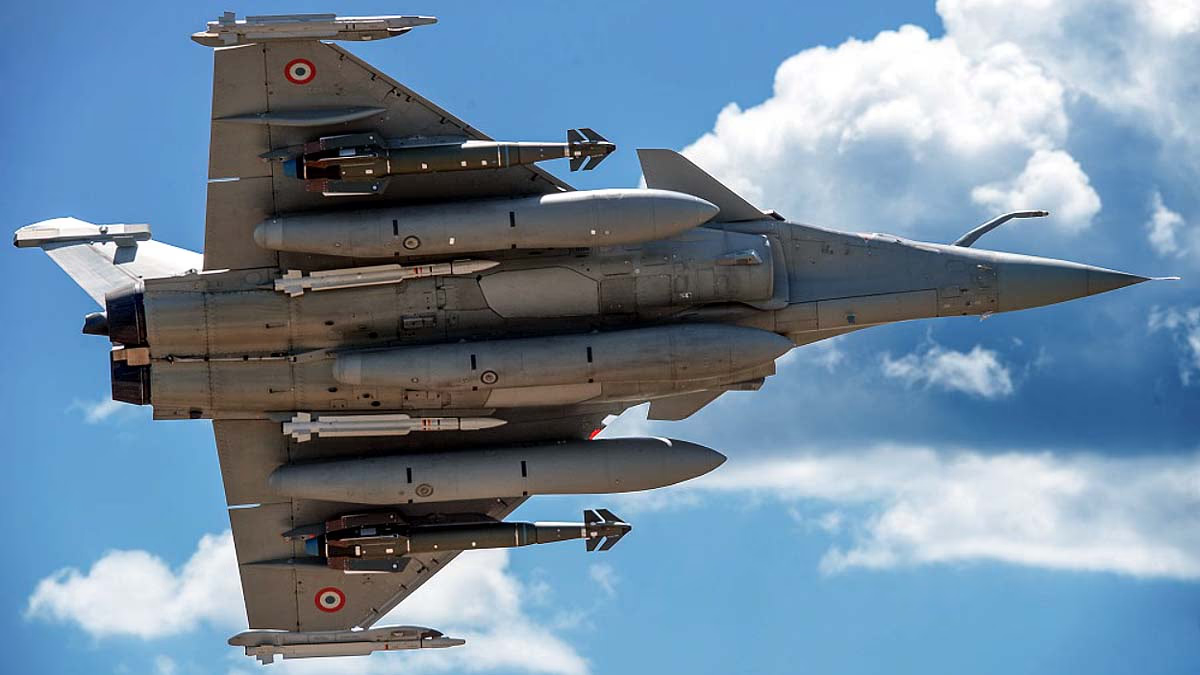
Source: aajtak
Rafale Fuselage Specifications
The Rafale fuselage is a high-tech structure made using cutting-edge materials and technologies. Here are its key specifications...
Composite materials like carbon fiber to aid in lightweight, enhanced speed and radar evasion.
Titanium and aluminum blends ensure resistance to high temperatures and pressures.
Radar Absorbing Material (RAM) to enhance stealth capabilities.
Size and Weight
Length: Approximately 15.27 meters (overall size, where the fuselage is the central part).
Weight: Around 2000-3000 kilograms (comprising 20-30% of the total aircraft weight).
Width: Ranges from 1.8-2 meters within the central fuselage.
Also Read:
Design
Aerodynamic Shape:
Reducing air resistance to enhance speed.
Canard Delta Wing Configuration:
With small forward canard wings and triangular delta wings at the back, connected to the fuselage, providing stability and maneuverability in flight.
Modular Structure:
Subdivided into front, central, and rear sections, simplifying construction and maintenance.
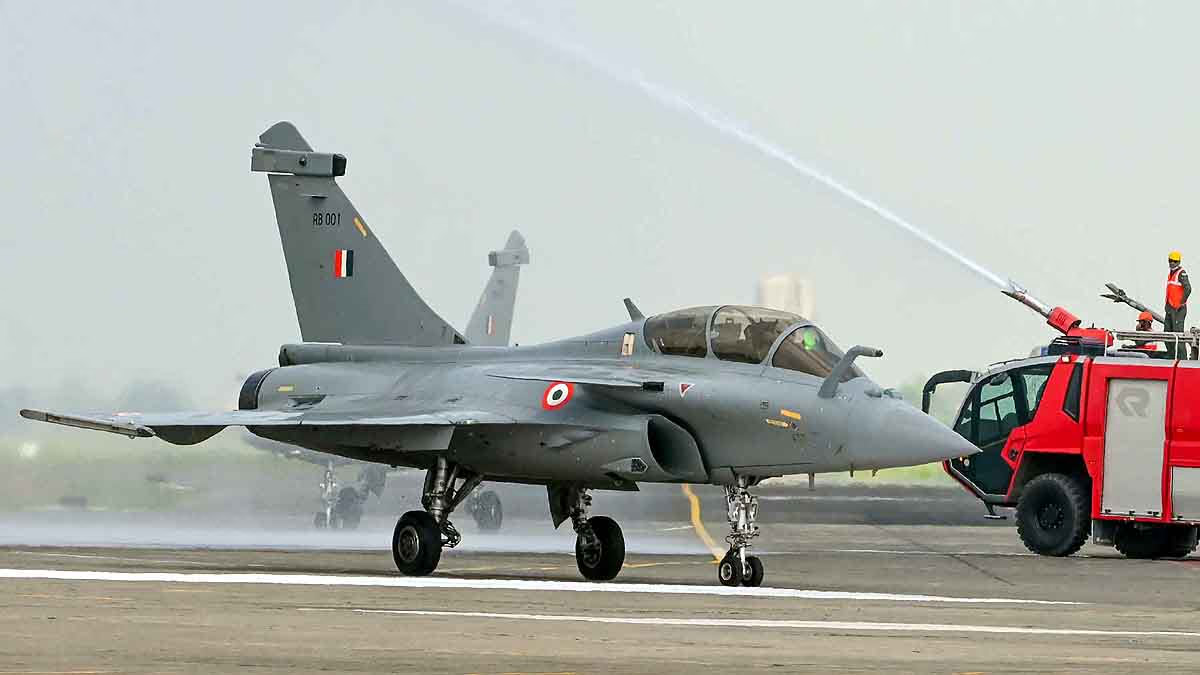
Source: aajtak
Capabilities
Payload: Space to accommodate weapons, sensors, and fuel tanks; Rafale can carry up to 9500 kilograms of weapons.
Cockpit: Located in the front fuselage with HUD, Multi-Function Displays, and Helmet-Mounted Sights for the pilot.
Sensors & Radar: Central fuselage houses the RBE2 AESA radar and SPECTRA electronic warfare system, crucial for tracking enemies and evading missiles.
Performance
Speed: Designed for velocities reaching Mach 1.8 (2200 km/h).
Range: Capable of covering distances up to 3700 km, where fuselage fuel tanks play an essential role.
Altitude: Can soar to heights of 50,000 feet (15.24 km).
Production Timeframe: Building a fuselage takes 6-8 months, involving over 500 subcomponents and around 7000 workers.
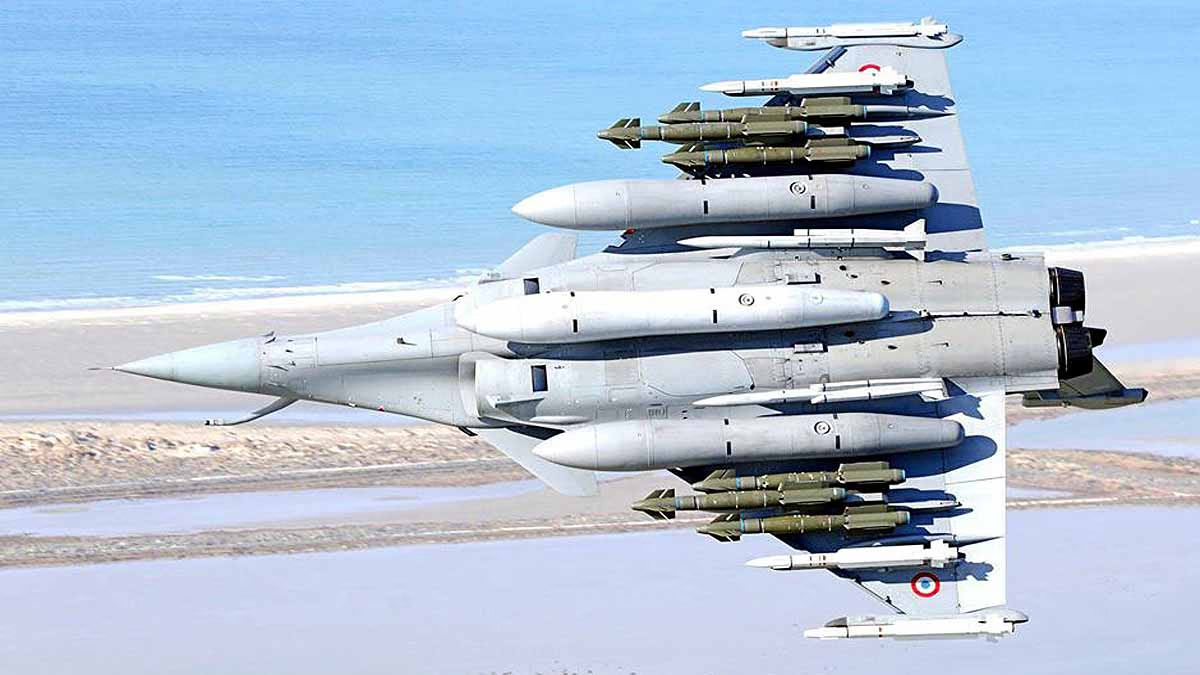
Source: aajtak
Importance of the Fuselage
The fuselage is the spinal column of a Rafale jet, serving many purposes...
Structural Linkage
The fuselage connects the wings, tail, engine, and landing gear, ensuring the airplane operates as a cohesive unit and withstands high-speed conditions and combat scenarios.
Weapons and Equipment Housing
The fuselage allows carrying missiles like MICA, Scalp, bombs, and laser-guided weapons. It also accommodates critical radar, sensors, and electronic systems essential during missions.
Also Read:
Pilot Protection
Located in the front fuselage, the cockpit provides safety to the pilot, equipped with an ejection seat and bulletproof canopy.
Fuel Storage
The central and rear fuselage compartments house fuel tanks essential for extended flights, with Rafale boasting an internal fuel capacity of 4700 kilograms.
Aerodynamics and Stealth
The fuselage design reduces air resistance, enhancing speed, while stealth features minimize radar visibility, complicating enemy detection.
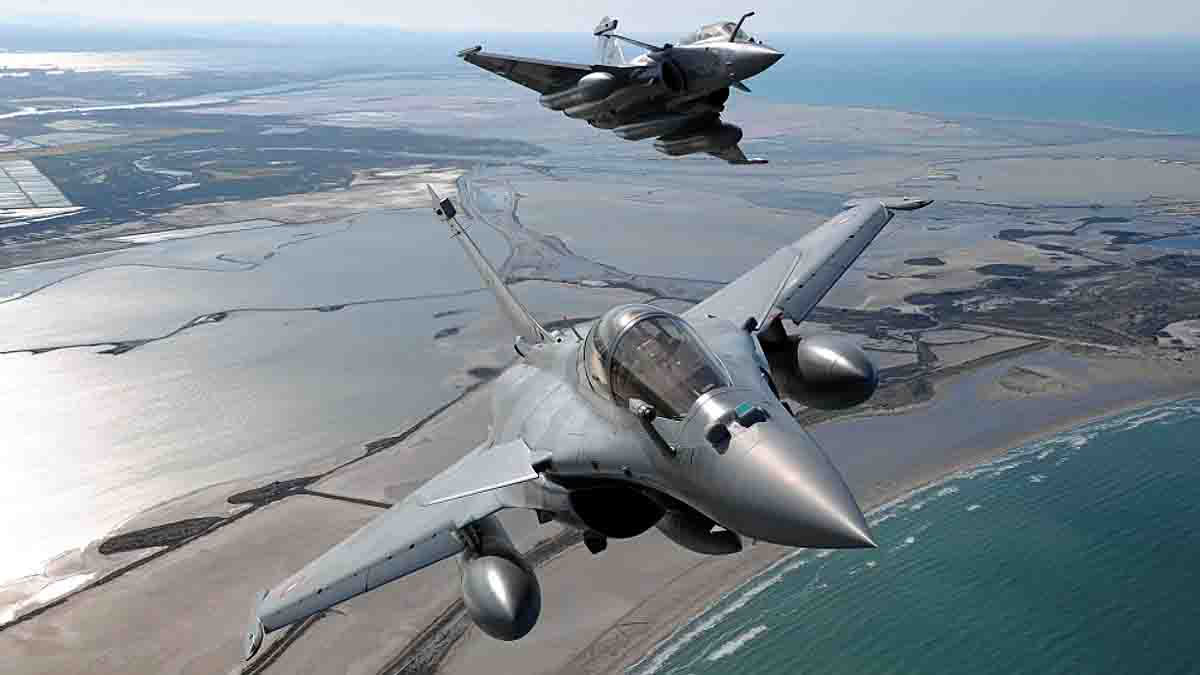
Source: aajtak
Why the Fuselage Holds Critical Importance?
Aircraft Strength
Without the fuselage, an aircraft's skeletal structure cannot exist, enabling the fighter jet to perform high-speed maneuvers and carry heavy armaments. Rafale's fuselage is designed to intercept targets at altitudes of 16.7 km, as demonstrated by the Indian Air Force.
Boosting India's Defense Capability:
India has procured 36 Rafale (Air Force) and 26 Rafale-M variants (Navy), and with local production at Hyderabad, India aims for self-reliance on maintenance and manufacturing as part of a $7.4 billion deal, incorporating indigenous weaponry like Astra missiles.
Also Read: Enter the New Sea Titan... From the Sky with Rafale to the Ocean with Rafale-M to Challenge Pakistan!
Economic and Technological Benefits:
The Hyderabad factory will generate thousands of jobs and stimulate local economies. India will enter the global aerospace supply chain, potentially supplying Rafale jets to other countries (e.g., Indonesia, Serbia). This tech transfer will enable Indian engineers to gain expertise in high-tech manufacturing.
Make in India and Self-Sufficient India Initiatives:
This step will elevate India as an aerospace hub, fostering technological development for other aircraft like LCA Tejas and AMCA. According to Eric Trappier, CEO of Dassault, this will strengthen the supply chain. Sukaran Singh, CEO of TASL, emphasized the significant milestone in India's aerospace journey.
Strategic Importance:
Amid India-China border tensions and challenges with Pakistan, Rafale boosts India's air power, with local fuselage production fostering independence from foreign reliance.
